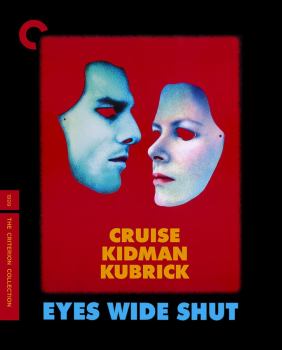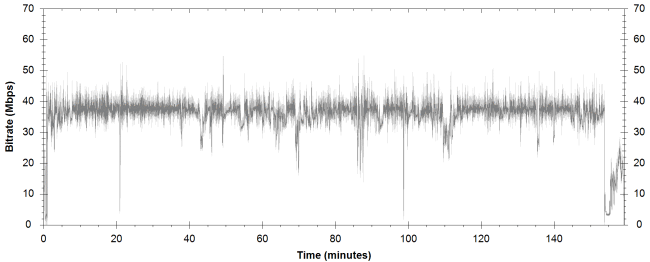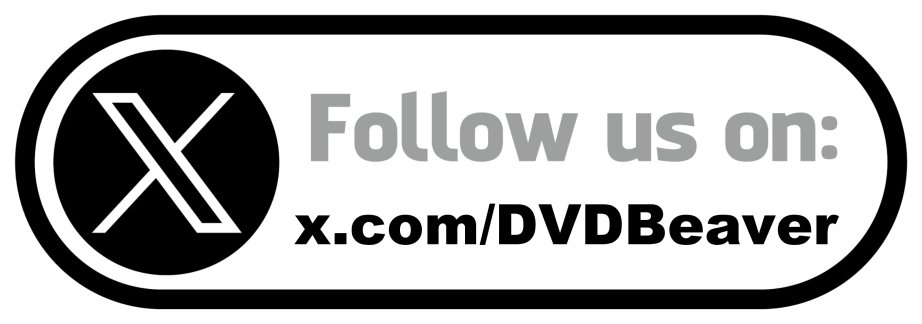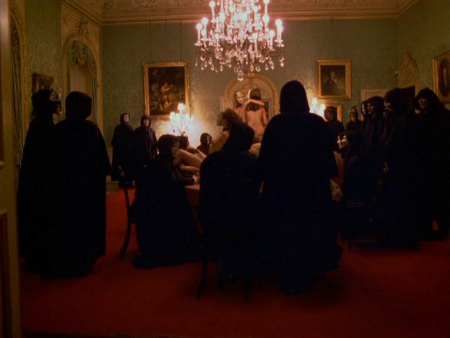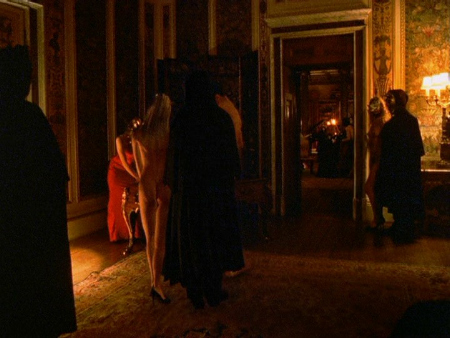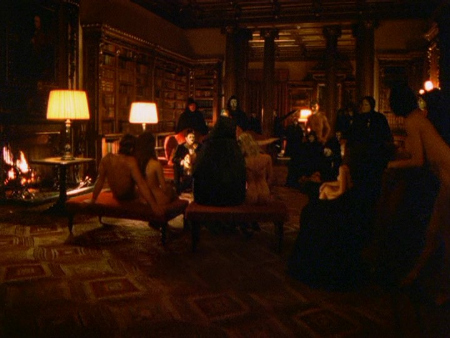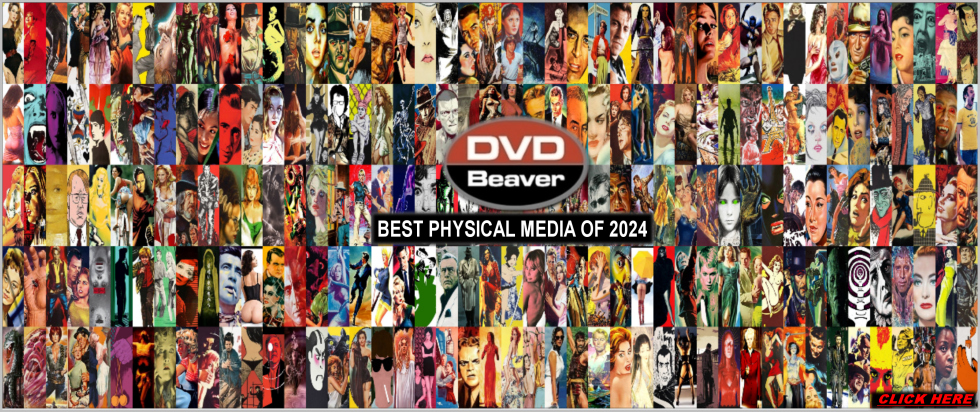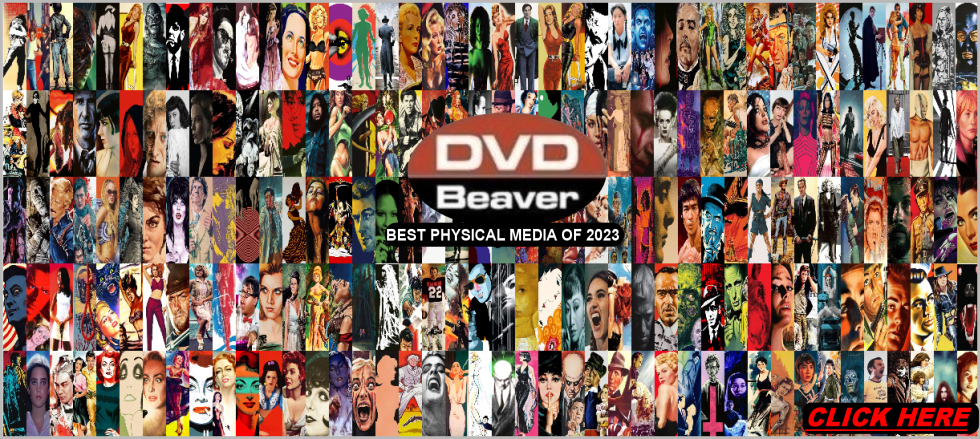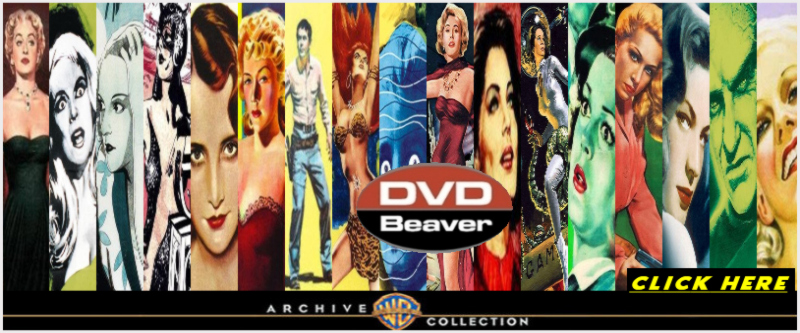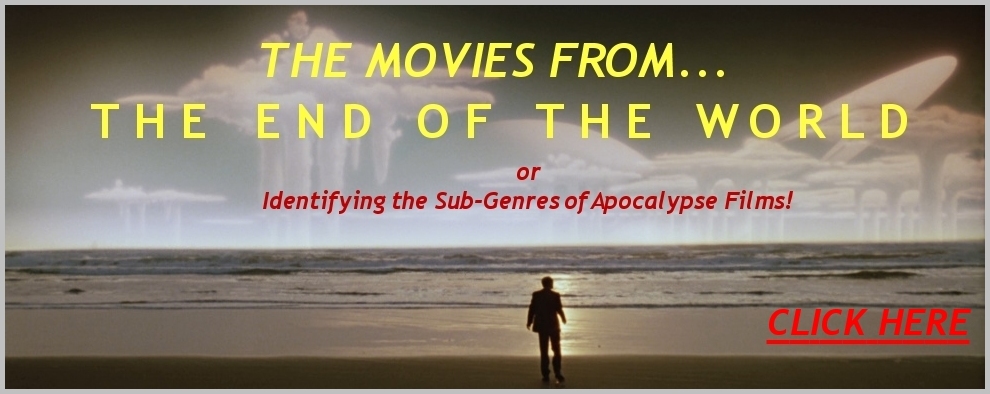|
An
enormous, sincere thank you to our phenomenal
Patreon
supporters! Your unshakable dedication is the bedrock that keeps DVDBeaver
going - we’d be lost without you. Did you know? Our patrons include a
director, writer, editor, and producer with honors like Academy Awards for
Best Picture and Best Director, a Pulitzer Prize-winning screenwriter, and a
Golden Globe-winning filmmaker, to name a few! Sadly, DVDBeaver has reached a breaking point where our existence hangs in the balance. We’re now reaching out to YOU with a plea for help. Please consider pitching in just a few dollars a month - think of it as the price of a coffee or some spare change - to keep us bringing you in-depth reviews, current calendar updates, and detailed comparisons. I’m am indebted to your generosity! |
![]()
![]()

![]()
![]()
|
Search DVDBeaver |
S E A R C H D V D B e a v e r |
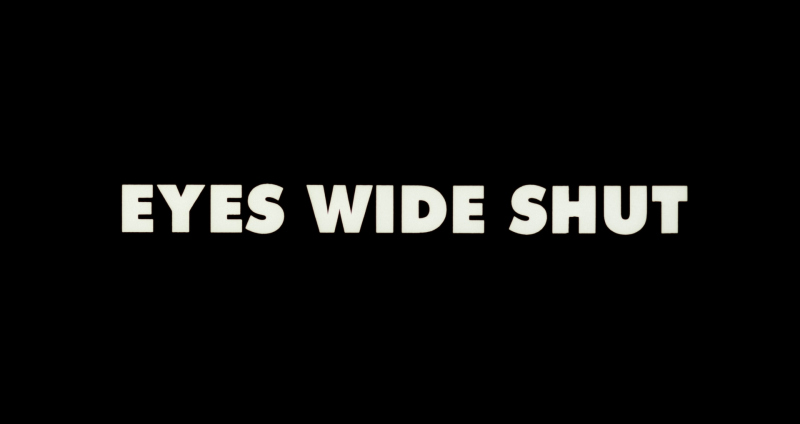
(aka "Rhapsody" or "EWS")
|
Stanley Kubrick’s career-capping Eyes Wide Shut unfolds in a dreamscape vision of New York City, where doctor Bill Harford (Tom Cruise) and his wife, Alice (Nicole Kidman,) confront the unconscious desires, jealousies, and fears threatening their marriage. A Christmastime odyssey into a surreal sexual underworld whose hidden power structures are laid frighteningly bare, the film marks the fulfillment of the director’s decades-long desire to adapt Arthur Schnitzler’s novella Traumnovelle (Dream Story) and the culmination of his obsessive interest in the relationship between institutional authority and the individual. Released in 1999, the film also serves as a fitting coda to a century of cinema, by one of its greatest visionaries—an endlessly tantalizing labyrinth whose myriad symbols, mysteries, and meanings are still being unraveled. *** Stanley Kubrick's Eyes Wide Shut (1999) is a provocative psychological drama that delves into the complexities of desire, fidelity, and societal facades. Starring Tom Cruise as Dr. Bill Harford and Nicole Kidman as his wife Alice, the film follows Bill’s odyssey through a surreal, sexually charged underworld after Alice confesses her fantasies of infidelity. Kubrick masterfully blends dreamlike visuals with an unsettling atmosphere, using meticulous pacing and symbolism to explore themes of power, secrecy, and human vulnerability. The infamous masked orgy sequence, shrouded in ritualistic mystery, underscores the film’s examination of hidden desires and the elite’s moral decay. Despite mixed reviews upon release, the film has since been celebrated for its layered narrative and Kubrick’s uncompromising vision, cementing its status as a haunting, enigmatic masterpiece. |
Posters
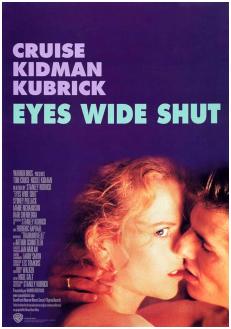 |
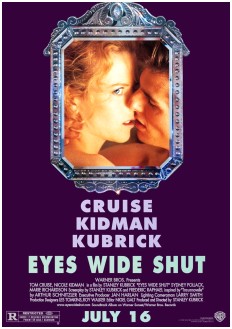 |
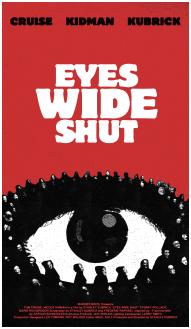 |
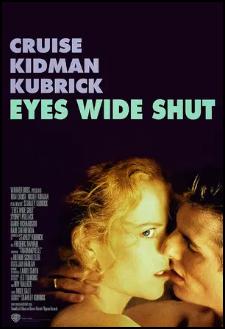 |
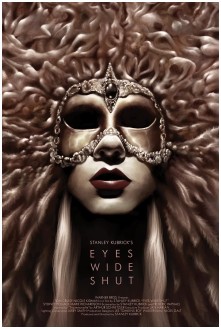 |
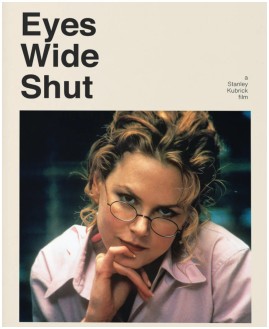 |
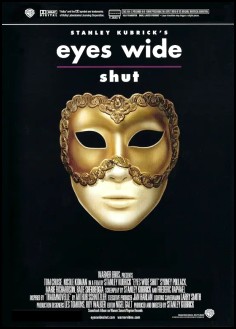 |
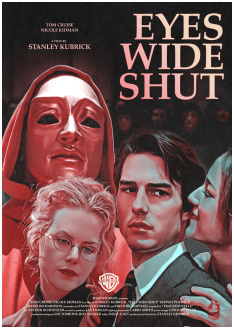 |
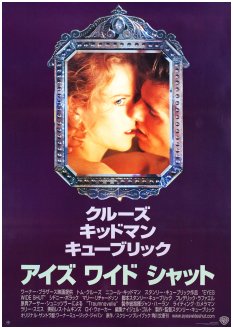 |
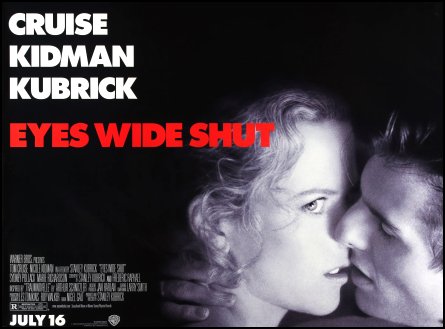 |
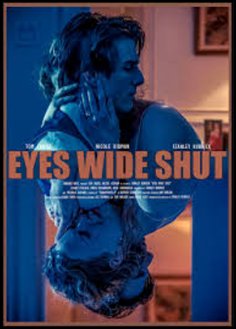 |
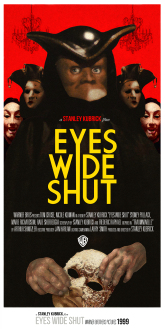 |
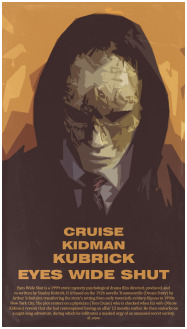 |
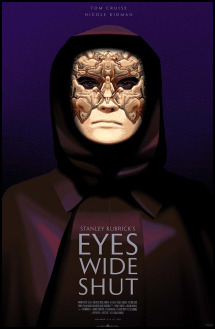 |
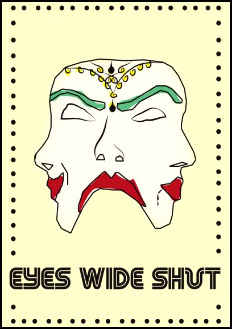 |
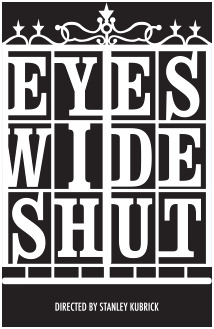 |
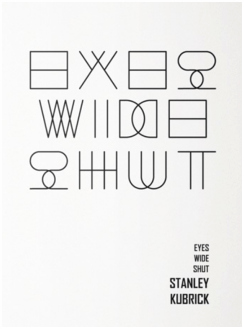 |
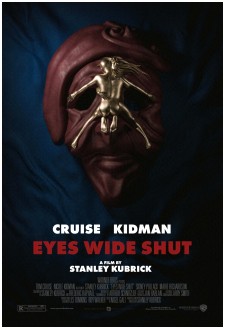 |
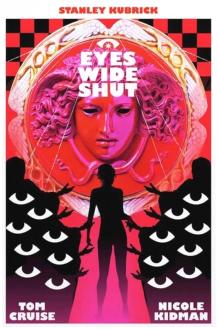 |
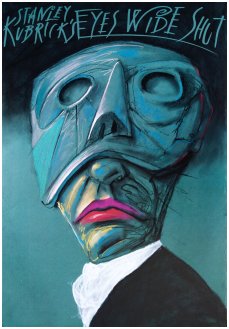 |
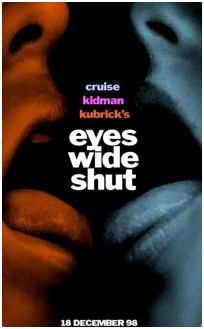 |
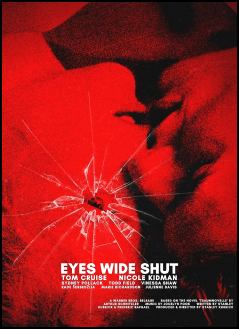 |
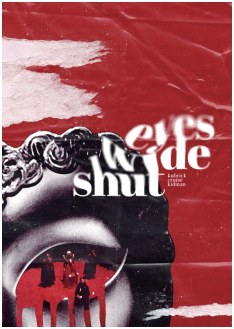 |
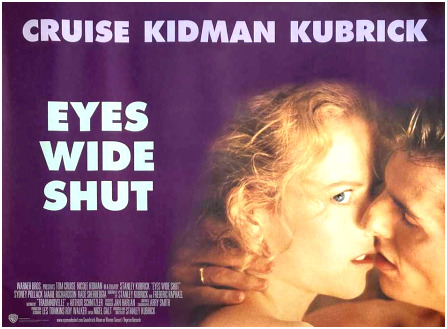 |
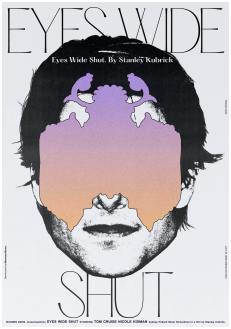 |
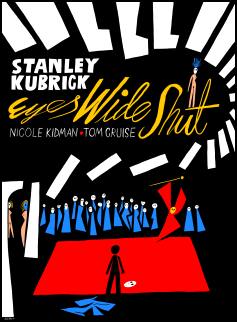 |
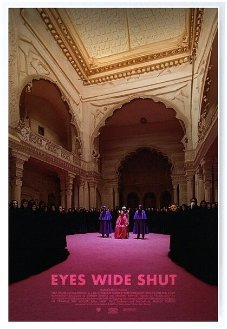 |
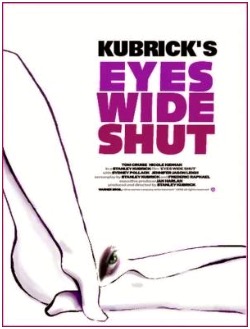 |
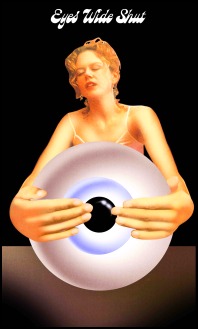 |
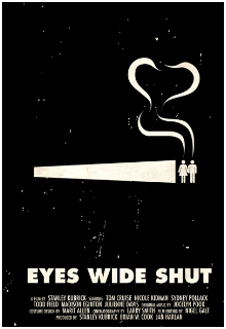 |
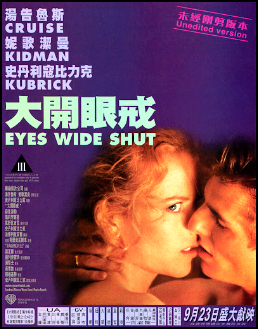 |
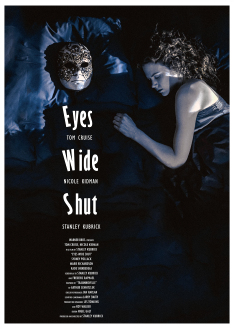 |
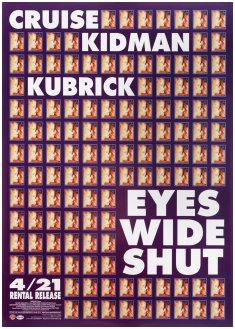 |
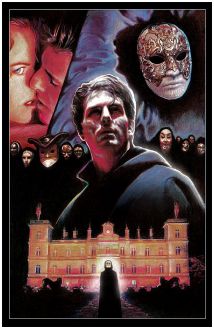 |
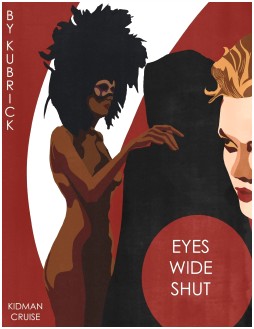 |
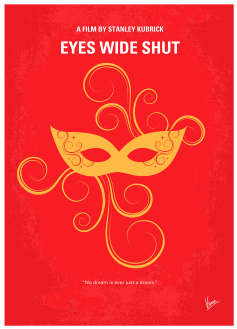 |
Theatrical Release: July 13th, 1999 (Los Angeles, California, premiere)
 |
Review: Criterion - Region FREE - 4K UHD
| Box Cover |
|
CLICK to order from: 4K UHD Blu-ray BONUS CAPTURES: |
| Distribution | Criterion Spine #1290 - Region FREE - 4K UHD / Blu-ray | |
| Runtime | 2:39:11.041 | |
| Video |
1. 85:1 1080P Dual-layered Blu-rayDisc Size: 48,409,051,332 bytesFeature: 47,639,921,856 bytesVideo Bitrate: 34.99 MbpsCodec: MPEG-4 AVC Video |
|
|
NOTE: The Vertical axis represents the bits transferred per second. The Horizontal is the time in minutes. |
||
| Bitrate Blu-ray: |
|
|
| Audio |
DTS-HD Master Audio English 2357 kbps 5.1 / 48 kHz / 24-bit (DTS Core: 5.1 / 48 kHz / 2357 kbps / 24-bit) |
|
| Subtitles | English (SDH), None | |
| Features |
Release Information: Studio: Criterion
1. 85:1 1080P Dual-layered Blu-rayDisc Size: 48,409,051,332 bytesFeature: 47,639,921,856 bytesVideo Bitrate: 34.99 MbpsCodec: MPEG-4 AVC Video
Edition Details: • New interviews with Smith (24:48), set decorator and second-unit director Lisa Leone (19:40), and archivist Georgina Orgill (15:50) • Archival interview with Christiane Kubrick, director Stanley Kubrick’s wife (9:37) • Never Just a Dream (2019), featuring interviews with producer Jan Harlan; Katharina Kubrick, Stanley Kubrick’s daughter; and Anthony Frewin, Kubrick’s personal assistant (8:53) • Lost Kubrick: The Unfinished Films of Stanley Kubrick (2007) (20:22) • Kubrick Remembered (2014), featuring interviews with actors Todd Field and Leelee Sobieski and filmmaker Steven Spielberg (1:23:16) • Kubrick’s 1998 acceptance speech for the Directors Guild of America’s D. W. Griffith Award (4:03) • Press conference from 1999, featuring Harlan and actors Tom Cruise and Nicole Kidman (36:27) • Teaser, trailer, and promos (1:34, 1:10, 5:13) PLUS: An essay by author Megan Abbott and a 1999 interview with filmmaker and actor Sydney Pollack
Transparent 4K UHD Case Chapters 14 |
|
| Comments: |
NOTE:
The below
Blu-ray
and
4K UHD
captures were taken directly from the
respective
disc.
While we are in possession of the 4K UHD disc, we cannot resolve the encode yet, and therefore, cannot obtain screen captures. We hope to add to this review at some point in the future. So, the below captures are from Criterion's 2025 1080P Blu-ray transfer.
Kubrick, collaborating with cinematographer Larry Smith, employs a visual
style that is both hypnotic and disorienting, reinforcing the film’s
dreamlike narrative. What truly stands out in the
4K UHD
is the rich saturated look, prominent contrast as well as the preservation and enhancement of the film's heavy grain structure, a
deliberate artifact from Kubrick's use of force-developed film stock that
imbues every frame with a textured, almost palpable, wiggling grid. This grain
and intensity is not
a flaw but an integral part of the aesthetic, amplifying the dreamlike
surrealism in scenes, like the dimly lit orgy or the amber-hued interiors,
where it adds depth to shadows and a gritty realism to the reconstructed New
York streets, making skin tones cooler and fabrics feel tactile while avoiding the
sterile smoothness of the limitations of the 20+ year old
Blu-ray
technology. Now the Warner looks vertically stretched and the Criterion does
have some teal-leaning. The HDR elevates the
dynamic range with piercing highlights from Christmas lights contrasting
against inky blacks, and the wide color gamut intensifies the symbolic
palette - reds pulsing with danger, blues chilling with isolation -
resulting in a visual experience, closer to saturation, that honors Kubrick's obsessive vision far
beyond previous editions where the grain might have been subdued or lost in
compression.
Kubrick's meticulous mise-en-scène layers the film with symbols. Mirrors
represent duality and self-reflection, structuring the narrative as a
mirrored journey - Bill revisits locations in reverse, post-orgy. Eyes
symbolize surveillance and subconscious insight, recurring in posters,
stares, and Masonic "all-seeing eye" motifs. Wide-angle lenses create
disorienting depth, Steadicam shots immerse viewers, and force-developed
film yields surreal colors. Subtle details, like the rainbow motifs (e.g.,
the costume shop’s name, “Rainbow Fashions”) and floral imagery (roses as yonic symbols,) weave a symbolic thread tying sexuality to illusion. Truly
the 2160P is a magnificent leap in a boldly authentic presentation beyond the past Warner
Blu-ray.
Kubrick fans should be celebrating.
NOTE: We have added 75 more large
resolution
4K UHD captures (in lossless
PNG format) for DVDBeaver Patrons
HERE.
On their
Blu-ray
and 4K UHD,
Criterion uses a DTS-HD Master 5.1 surround track (24-bit) in the
original English language. Music (from Dmitri Shostakovich to György Ligeti)
underscores tension, while the script evolved through collaboration with
Frederic Raphael. The score, curated by Kubrick and executed by composer
Jocelyn Pook (Room
in Rome,) is a haunting blend of classical, jazz, and minimalist
pieces that amplify the film’s psychological tension.
Shostakovich’s “Waltz No. 2” opens and closes the film, its
lilting melody juxtaposing the dark undercurrents of the narrative,
evoking a false sense of elegance. Ligeti’s “Musica Ricercata
II”, with its repetitive, ominous piano notes, underscores key
moments of dread, such as Bill’s unmasking at the orgy, creating a sense
of impending doom. Pook’s original compositions, particularly the
backward-chanted “Masked Ball” (using Romanian Orthodox liturgy,) lend
the orgy a ritualistic, almost demonic quality, enhancing its
otherworldly menace. Popular music, like Chris Isaak’s “Baby Did a
Bad Bad Thing” during Alice’s flirtation and Frank Sinatra’s “Strangers
in the Night”, injects ironic commentary on infidelity and desire.
The score’s sparseness - often single piano notes or drones - mirrors
the film’s pacing, allowing silence to heighten tension and draw
attention to visual cues. Silence is equally powerful, particularly in
moments of confrontation (e.g., Bill’s unmasking) where the absence of
music amplifies the weight of stares and gestures. The lossless provides
a clean, immersive listening experience that aligns with Kubrick's
deliberate, front-heavy sound design, elevating the film's psychological
tension through precise dialogue clarity and atmospheric subtlety. While
not aggressively discrete -reflecting the director's historical aversion
to bombastic surround mixes - the track excels in rendering the haunting
minimalist score by Pook with its repetitive piano motifs and backward
chants enveloping the listener in a subtle rear-channel haze during key
sequences, like the masked ball. Ambient city hums, echoing footsteps in
cavernous halls, and the crisp clink of glasses at the opening party
gain newfound weight and separation, ensuring whispered confessions and
ominous warnings carry an intimate chill. Vocals remain natural and free
of distortion, and the overall fidelity surpasses prior releases,
turning the soundtrack into an aural extension of the narrative's
dreamlike disorientation. Criterion offers optional English (SDH)
subtitles on their Region 'A'
Blu-ray
and Region FREE
4K UHD.
The extras on Criterion's Eyes Wide Shut
4K UHD set
form a comprehensive archive isolated to the second
Blu-ray disc,
offering in-depth insights into Kubrick's final masterpiece through a
mix of new and archival materials that illuminate its production
challenges, thematic layers, and enduring legacy. New interviews include
25 minutes with Larry Smith detailing the cinematography's symbolic
lighting techniques and push-processing that contributed to the film's
heavy grain; 20 minutes with Lisa Leone recounting the intricacies of
set decoration, second-unit direction, and recreating New York's
dreamlike streets on UK soundstages; and 1/4-hour with Georgina Orgill (Eyes
Wide Shut: Behind Stanley Kubrick's Masterpiece) exploring the
Kubrick archive's treasures, including rare documents and artifacts from
the film's development. Archival gems feature 10 minutes of Christiane
Kubrick sharing personal anecdotes about Stanley's perfectionism and
family life during the shoot; the 2019 nine-minute short Never Just a
Dream with producer Jan Harlan, daughter Katharina Kubrick, and
assistant Anthony Frewin discussing the adaptation from Schnitzler's
novella and its Freudian undertones. Lost Kubrick: The Unfinished
Films of Stanley Kubrick runs 20 minutes from 2007, providing
context on abandoned projects, like Napoleon and Aryan Papers that
influenced his later work. Fans will appreciate the feature-length
Kubrick Remembered from 2014 compiling reflections from actors Todd
Field (on playing Nick Nightingale) and Leelee Sobieski (on her eerie
role as Milich's daughter,) alongside Steven Spielberg's thoughts on
Kubrick's genius and collaborative spirit among other participants.
Additional highlights encompass Kubrick's concise 1998 DGA D. W.
Griffith Award acceptance speech - running under five minutes, a
revealing 1999 press conference at over 35 minutes with Harlan, Tom
Cruise, and Nicole Kidman fielding questions on the film's eroticism,
marital themes, and Kubrick's directing style amid rumors of on-set
tensions. Lastly are promotional materials: teaser, trailer, and TV
spots showcasing the marketing's mysterious allure. Rounding out the
package is an essay by Megan Abbott (The
Street Was Mine) analyzing the film's feminist subtexts and
commodification of desire, paired with a 1999 interview where Sydney
Pollack reflects on his role as Ziegler and the script's evolution,
making these extras not just supplementary but essential for unpacking
the film's enigmas.
Stanley Kubrick's Eyes Wide Shut, his final film, stands as a
profound and multifaceted exploration of human desire, societal
structures, and the blurred boundaries between reality and fantasy.
Adapted from Arthur Schnitzler's 1926 novella
Traumnovelle (Dream
Story,) the film transforms the source material into a dreamlike
odyssey that critiques marriage, sexuality, and power dynamics within a
capitalist framework. Released posthumously after Kubrick's death just
days after approving the final cut, it initially faced mixed reception
but has since been reevaluated as a misunderstood masterpiece, rich with
hidden layers that reward repeated viewings. The title itself
encapsulates the film's central paradox: characters and audiences alike
observe the world with "eyes wide shut," perceiving surface
illusions while missing deeper truths about perception, denial, and the
subconscious. Bill's (Cruise -
Risky Business,
Rain Man,
Jack Reacher,
War of the Worlds,
Top Gun,
Vanilla Sky,
All the
Right Moves,
Born on the Fourth of July,
Minority Report,
Collateral,
Magnolia,) journey unfolds like a surreal dream sequence: he
encounters a grieving daughter (Marie Richardson -
Don't Ever Wipe Tears
Without Gloves) who propositions him at her father's deathbed,
hires a prostitute named Domino (Vinessa Shaw -
3:10 to Yuma) but leaves without consummating the act, and
reconnects with his old friend, pianist Nick Nightingale (Todd Field -
director of
Tár,
Little Children,
In the Bedroom,) who reveals a secret masked orgy at a remote
mansion. Sydney Pollack (director of
Absence of Malice,
Three Days of the Condor,
They Shoot Horses, Don't They?,
The Swimmer) delivers a commanding yet sinister performance as
Victor Ziegler, the manipulative elite who underscores the film’s themes
of power and deception while Leelee Sobieski’s (Deep
Impact) brief, haunting role as Milich’s daughter in Eyes
Wide Shut adds an unsettling layer of youthful vulnerability and
forbidden allure to the costume shop scene. Alice (Nicole Kidman -
The Others,
Babygirl,
The Killing Of A Sacred Deer,
Strangerland,
Malice,
To Die For,
Dead Calm) in a more introspective role, catalyzes change through her
fantasy, evolving from objectified wife to empowered partner. Using the
password "Fidelio" (from Beethoven's opera about marital
fidelity,) Bill infiltrates the ritualistic gathering, witnessing
anonymous sexual rites before being unmasked and nearly punished. This
structure follows a five-part narrative arc: introduction to the status
quo, a bridge of disruption via Alice's confession, escalating
complications in Bill's odyssey, a crucible of hopelessness in Ziegler's
revelation, and a final confrontation restoring a tentative equilibrium.
The film suggests that true intimacy requires confronting shadows, as
Bill and Alice's arc moves from denial to awakening through mutual
confession. The resolution, however, remains cynical: their recommitment
feels like a temporary salve in a world where marriages serve as tools
for social climbing and deception. The orgy sequence (shrouded in ritual
and anonymity) critiques dehumanizing lust among the elite, blending
voyeurism, power, and misogyny. Women are objectified as disposable
"playthings." Themes of homosexuality, necrophilia, and prostitution
further expand this with Bill's journey reflecting Freudian id impulses
clashing against societal repression. References to Freemasons, Skull
and Bones, and real-world scandals (e.g.,
Rothschild balls, MKUltra)
symbolize hidden power structures perpetuating misogyny and control.
Over time, Eyes Wide Shut's undertones and fractal complexity cite
it as Kubrick's richest work. Its legacy lies in provoking endless
interpretation. Eyes Wide Shut transcends its erotic thriller
facade to offer a haunting critique of human vulnerabilities, urging
viewers to awaken to hidden truths. As Kubrick's swan song, it
encapsulates his career's themes of duality and perception, remaining an
enigmatic puzzle that defies easy resolution. In summary, Criterion's 4K UHD
edition of Eyes Wide Shut stands as an exemplary home video
release, resurrecting Kubrick's swan song with technical excellence and
scholarly depth that finally grants the film the reverence it deserves
two decades after its polarizing debut. The superior video restoration
supports its visual poetry, the refined audio underscores its sonic
subtlety, and the robust extras peel back layers of production lore,
making this three-disc set indispensable for cinephiles seeking to
unravel the movie's Freudian mysteries. At its core price point, it not
only outshines prior Warner Bros. iterations but elevates Eyes Wide
Shut from misunderstood footnote to essential masterpiece, a
haunting testament to Kubrick's unyielding vision that demands
rediscovery in the isolation of your home theatre. |
Menus / Extras
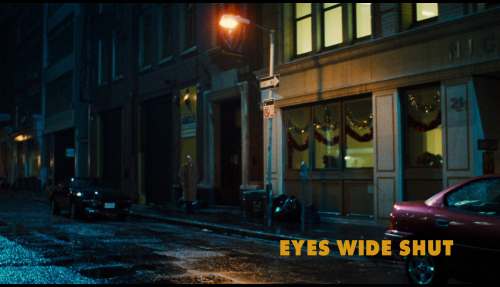 |
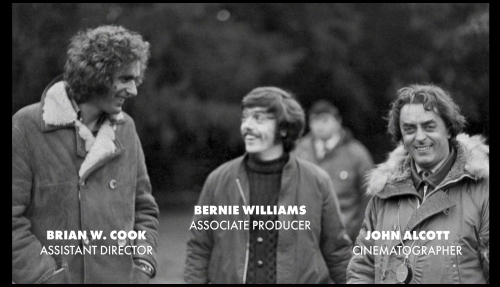 |
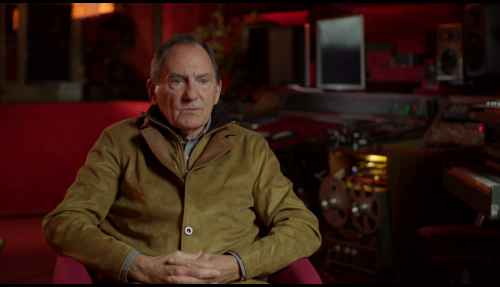 |
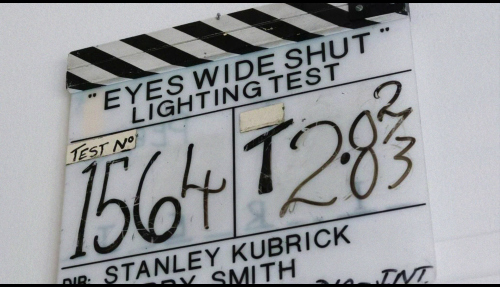 |
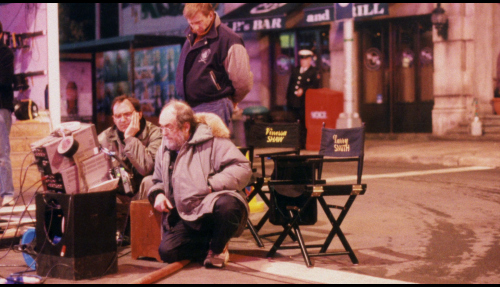 |
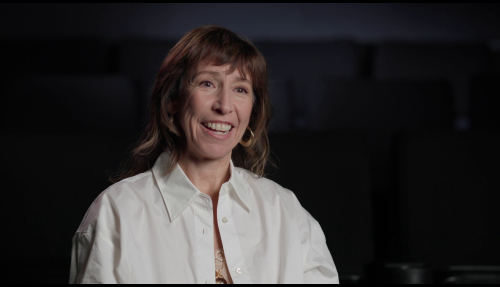 |
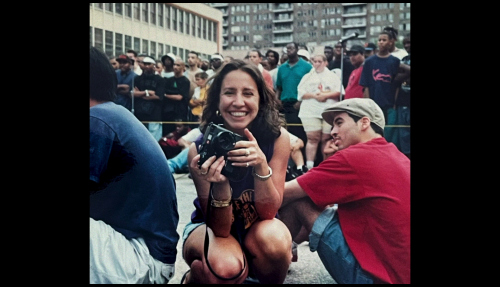 |
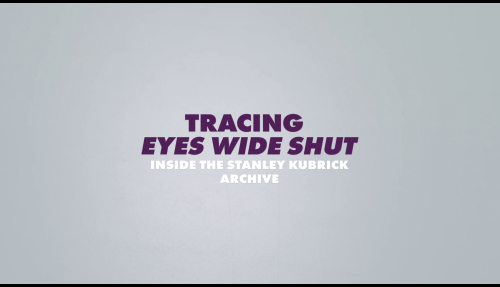 |
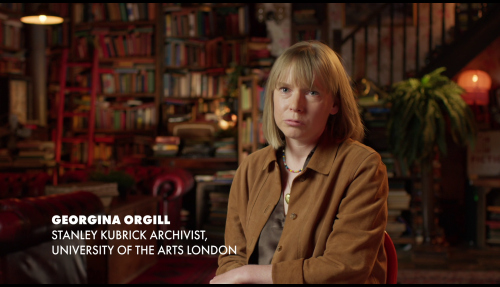 |
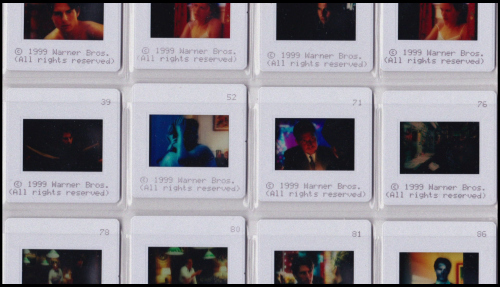 |
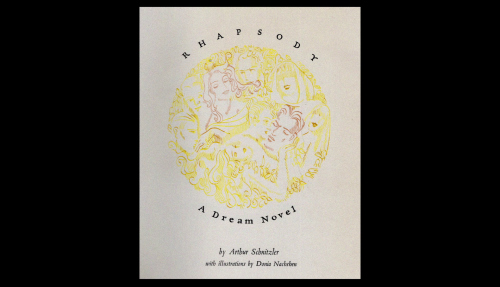 |
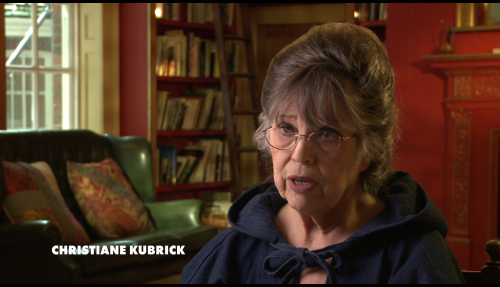 |
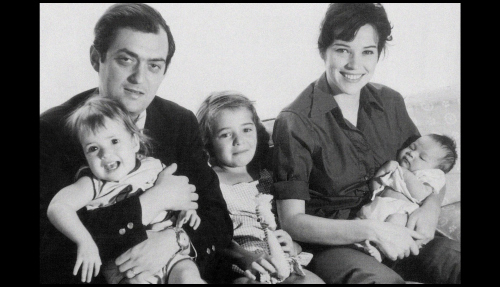 |
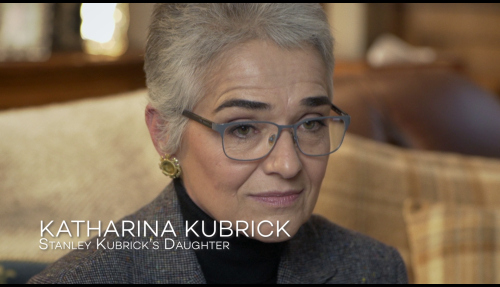 |
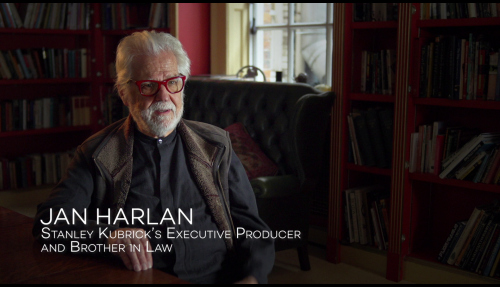 |
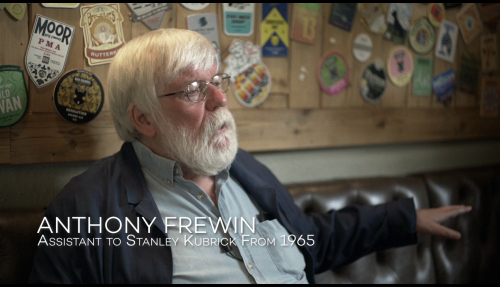 |
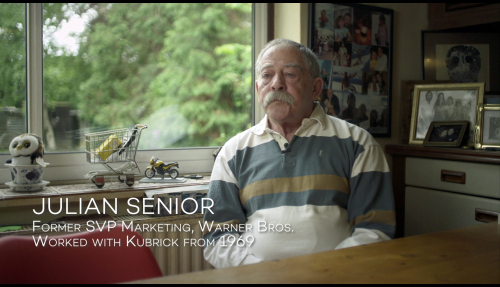 |
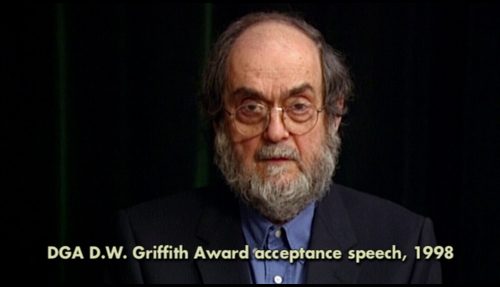 |
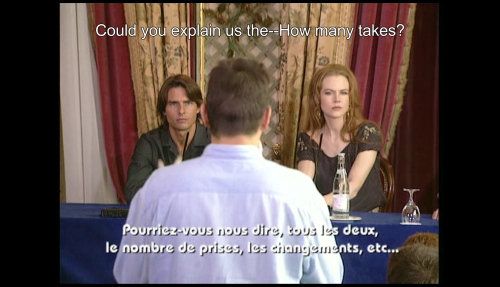 |
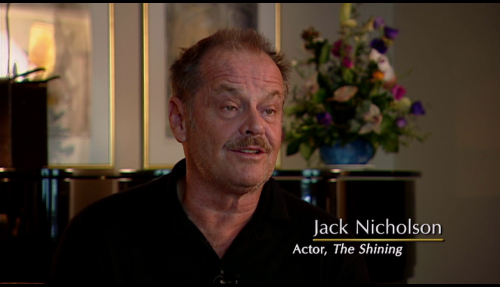 |
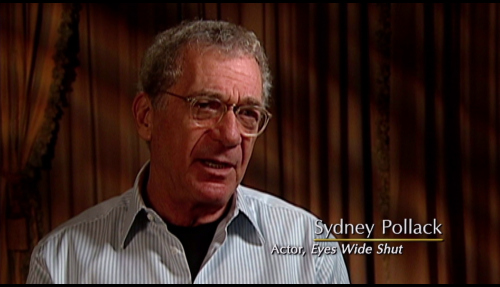 |
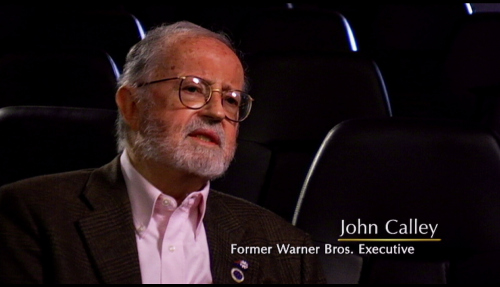 |
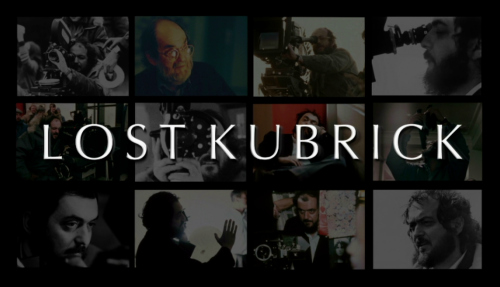 |
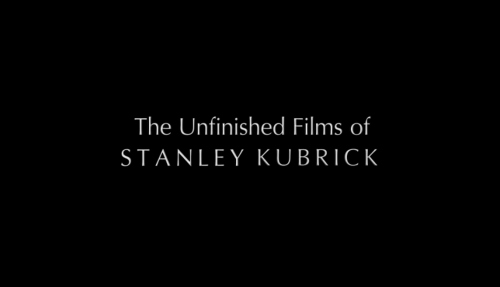 |
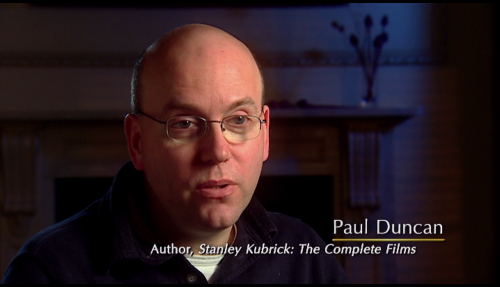 |
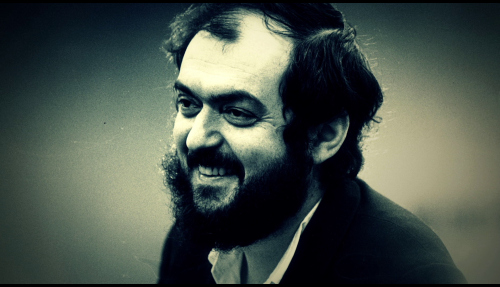 |
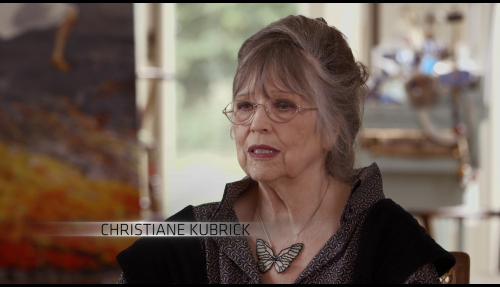 |
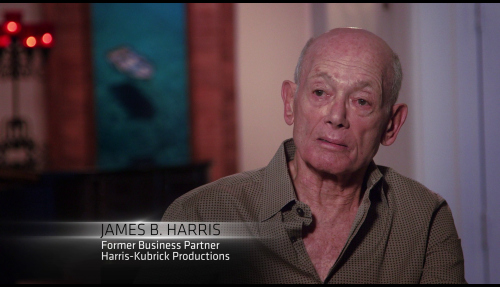 |
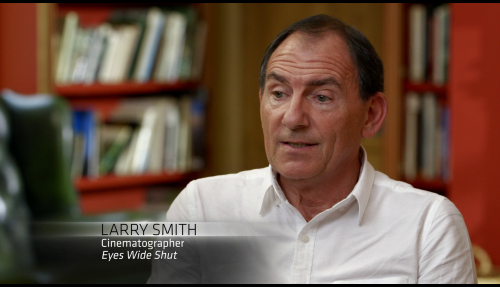 |
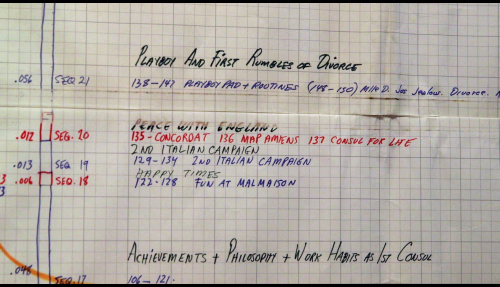 |
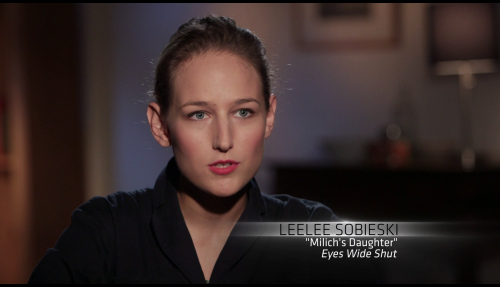 |
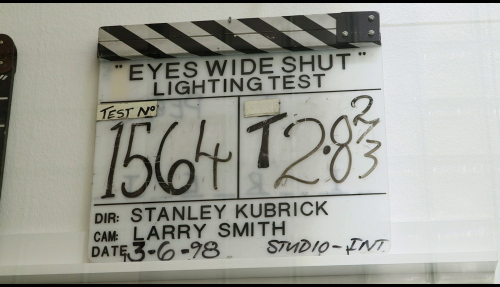 |
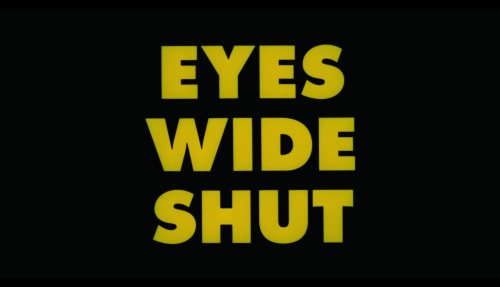 |
CLICK EACH BLU-RAY and 4K UHD CAPTURE TO SEE ALL IMAGES IN FULL RESOLUTION
Subtitle Sample - Criterion - Region 'A' - Blu-ray
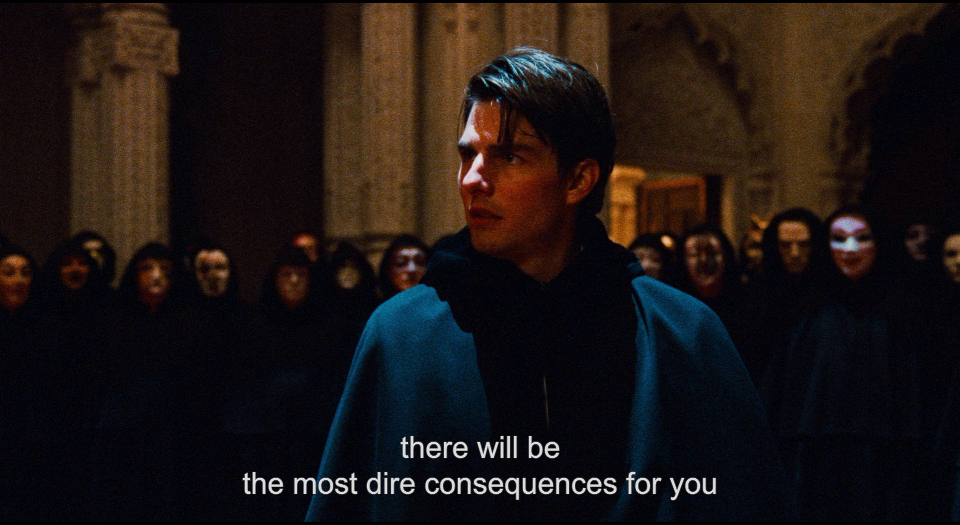 |
|
1)
Warner - Region FREE - Blu-ray TOP
|
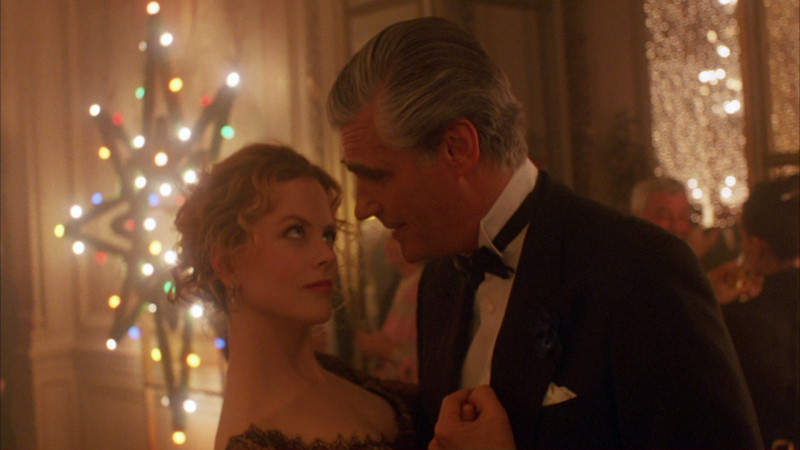 |
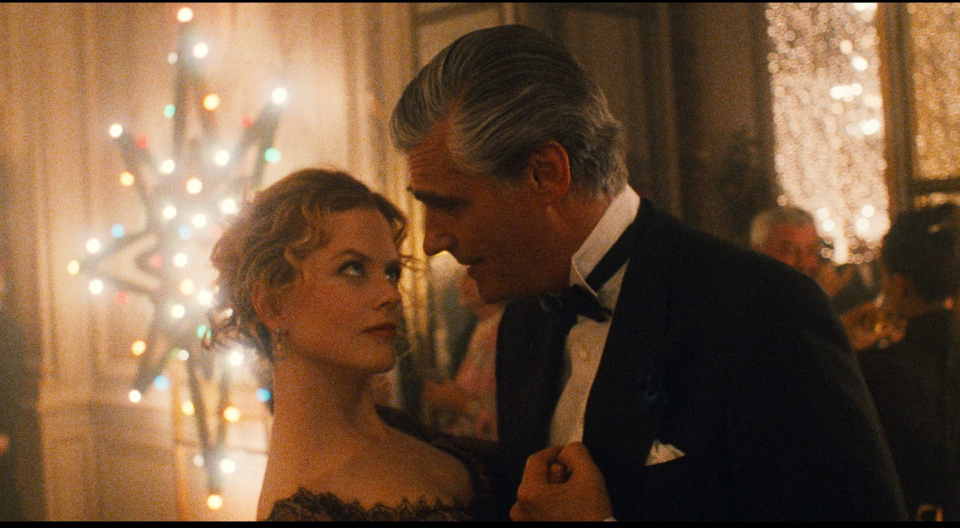 |
|
1)
Warner - Region FREE - Blu-ray TOP
|
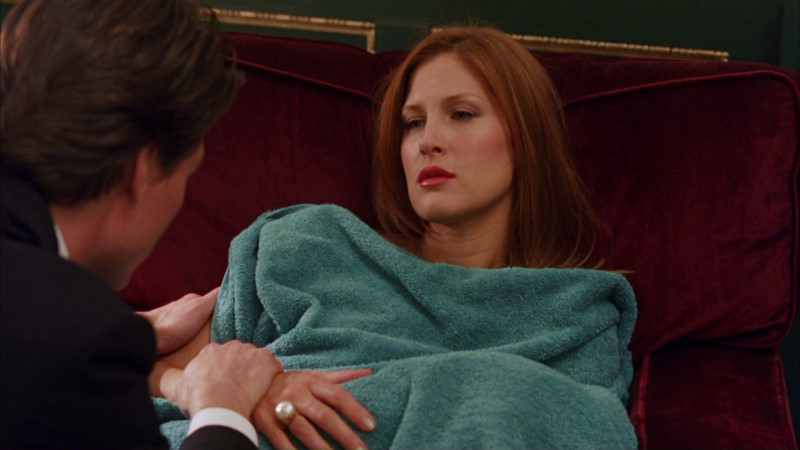 |
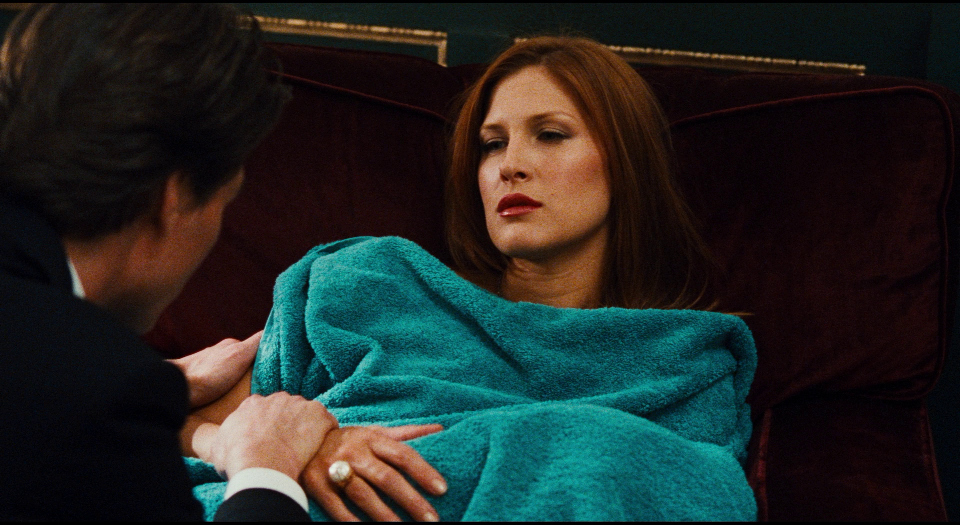 |
|
1)
Warner - Region FREE - NTSC TOP
|
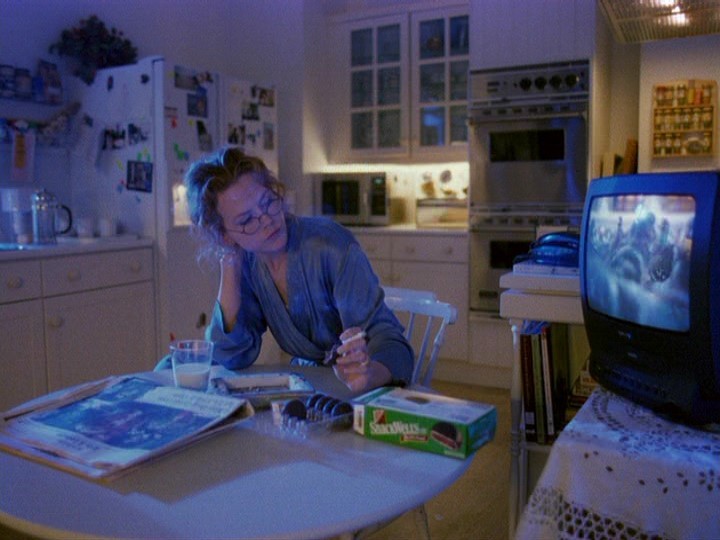 |
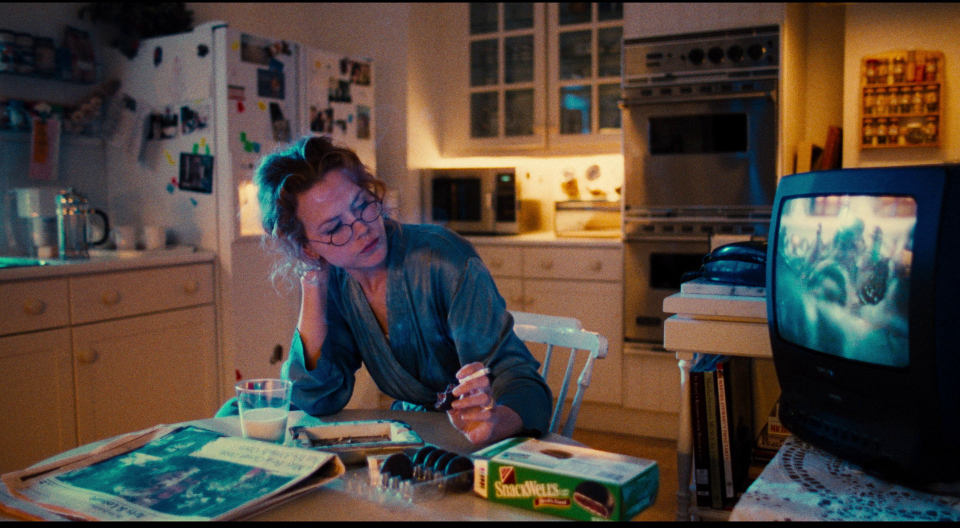 |
|
1)
Warner - Region FREE - Blu-ray TOP
|
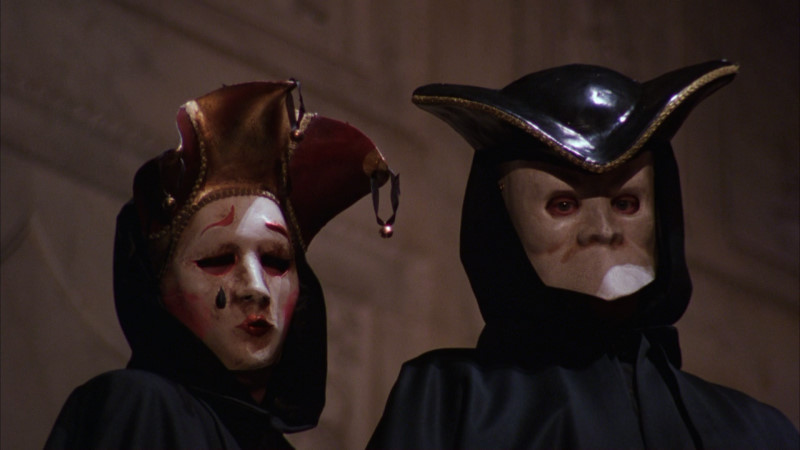 |
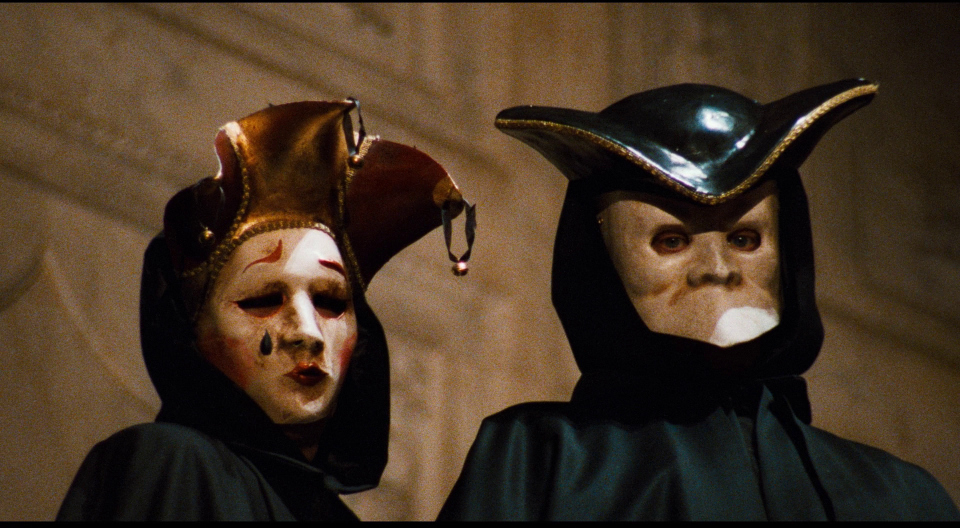 |
|
1)
Warner - Region FREE - Blu-ray TOP
|
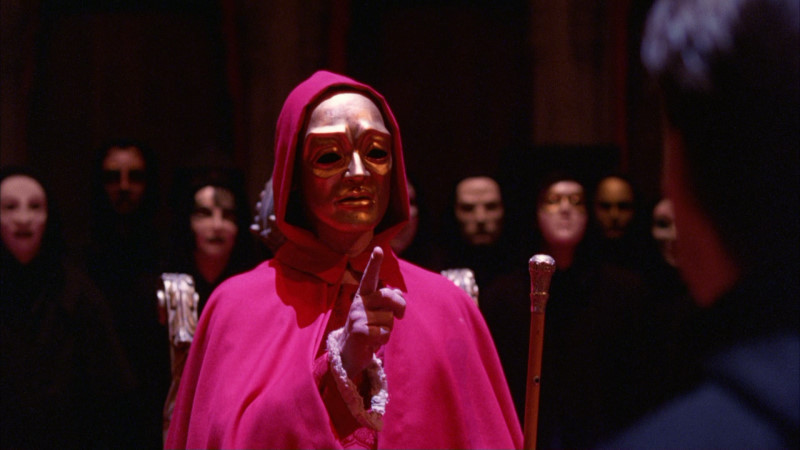 |
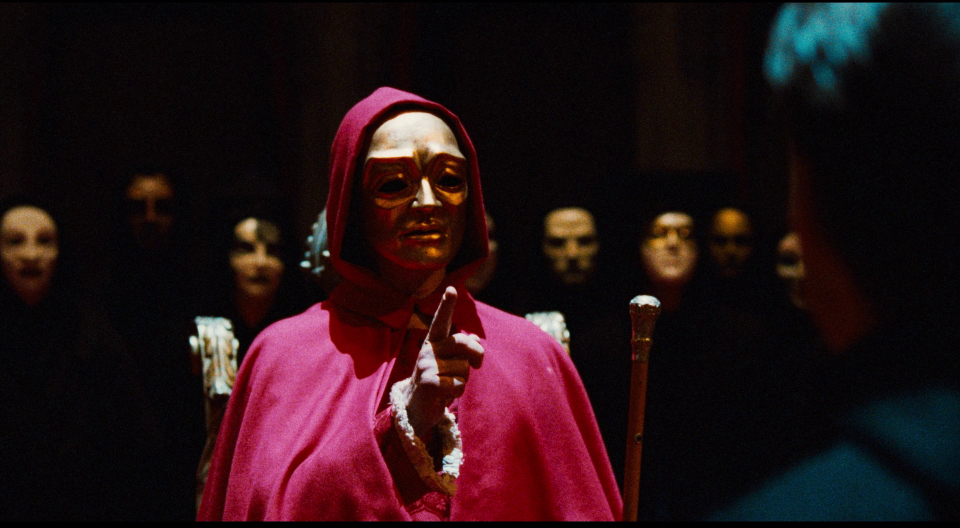 |
|
1)
Warner - Region FREE - Blu-ray TOP
|
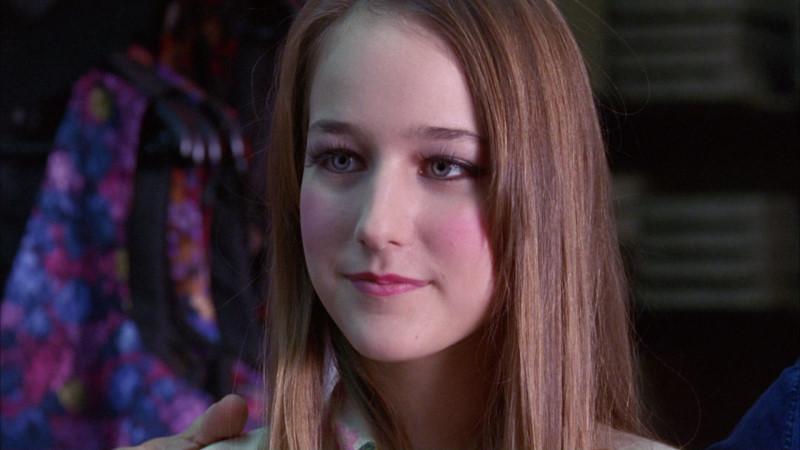 |
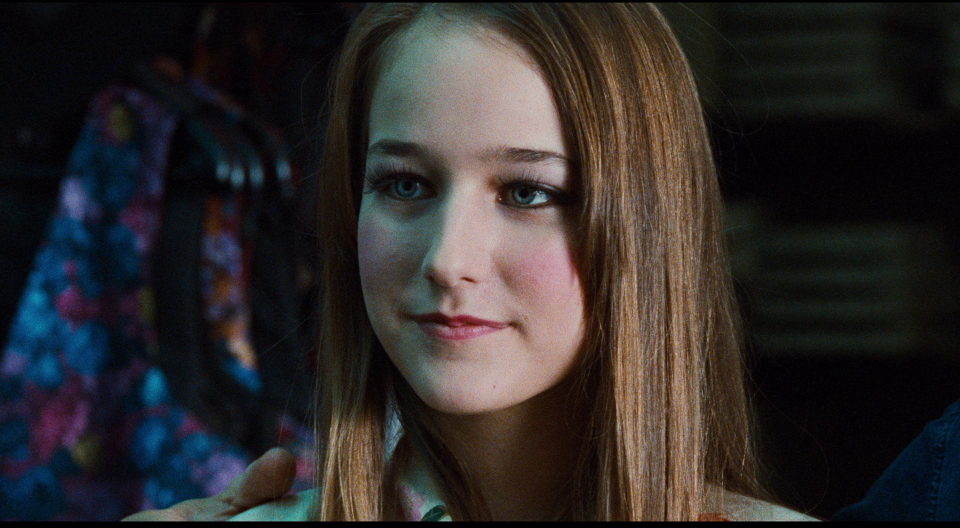 |
|
1)
Warner - Region FREE - Blu-ray TOP
|
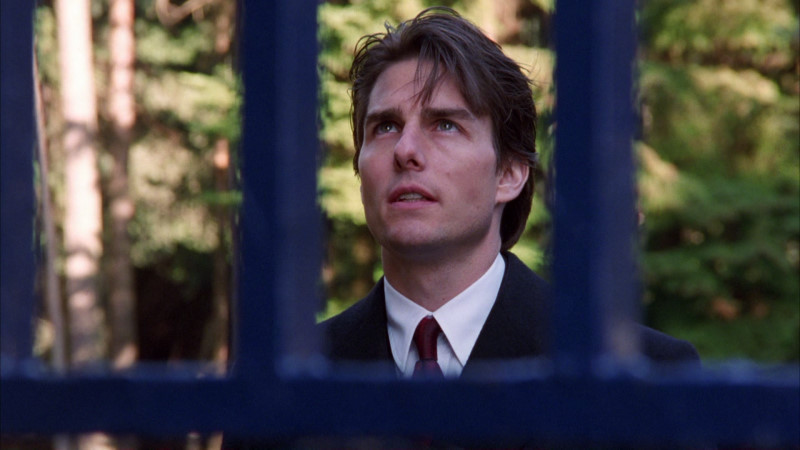 |
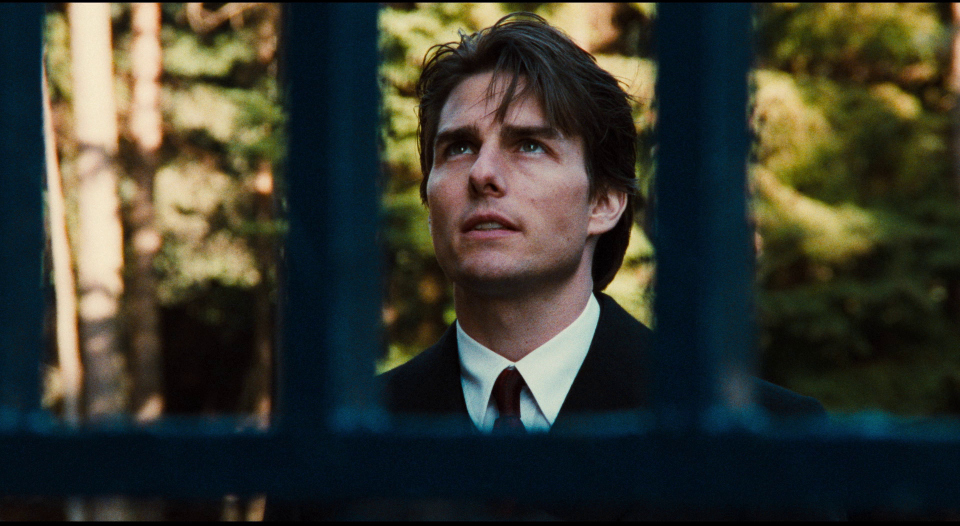 |
|
1)
Warner - Region FREE - Blu-ray TOP
|
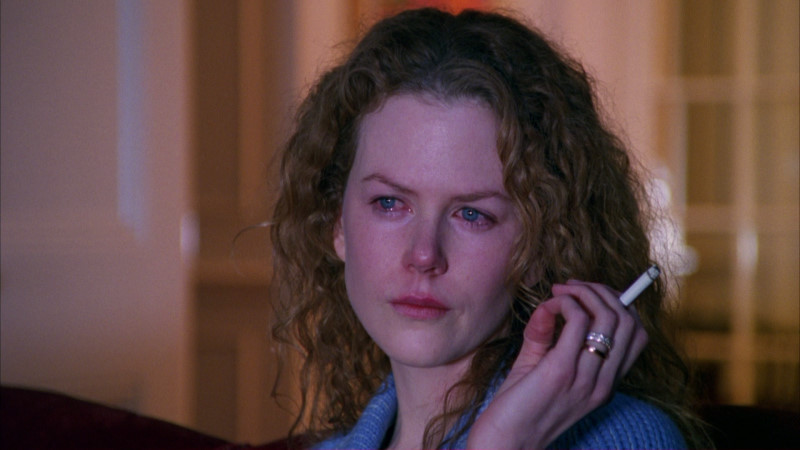 |
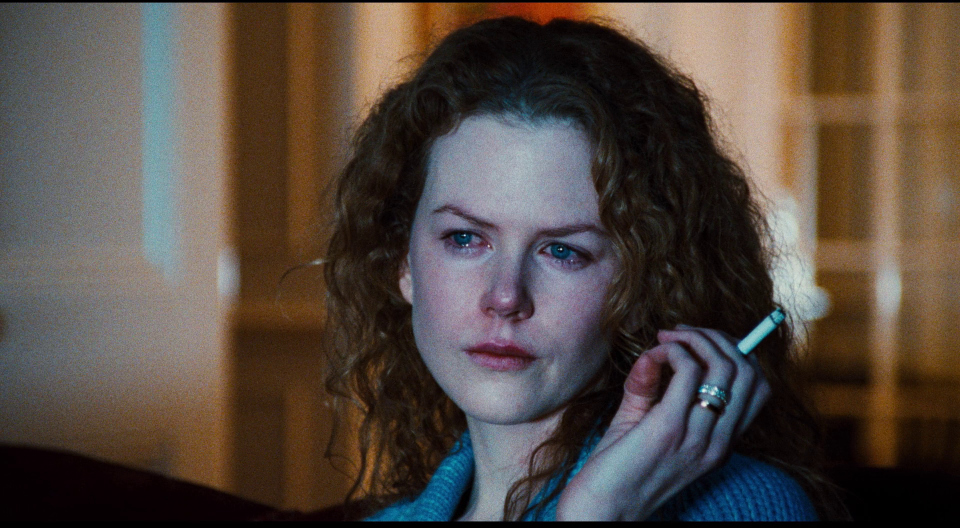 |
More full resolution (1920 X 1080) Blu-ray Captures for DVDBeaver Patreon Supporters HERE
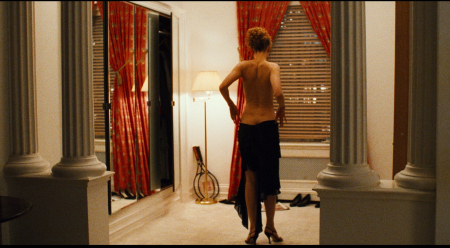 |
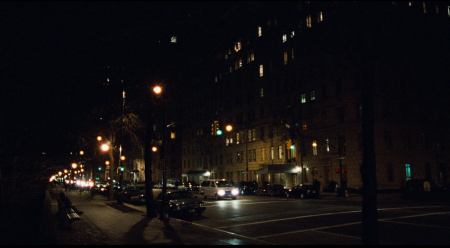 |
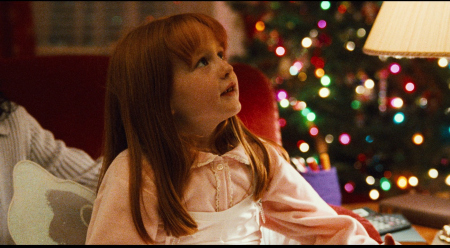 |
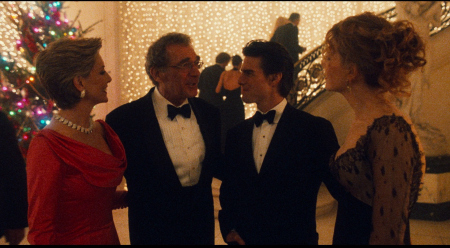 |
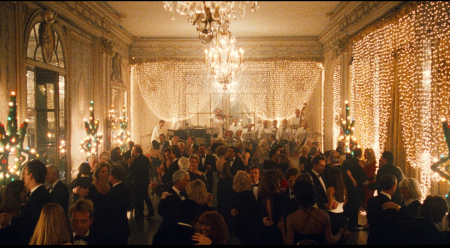 |
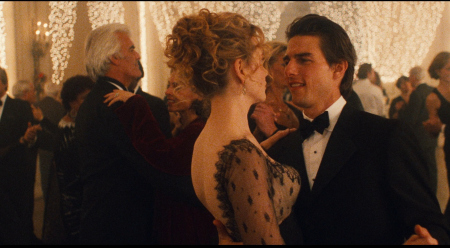 |
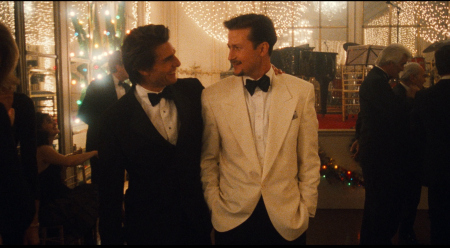 |
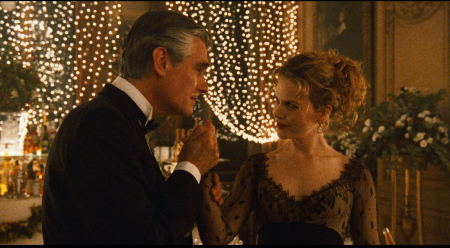 |
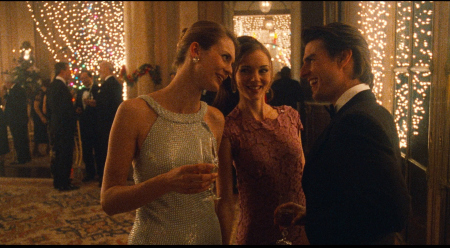 |
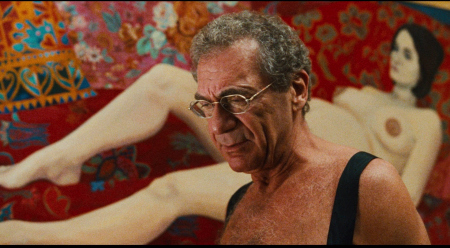 |
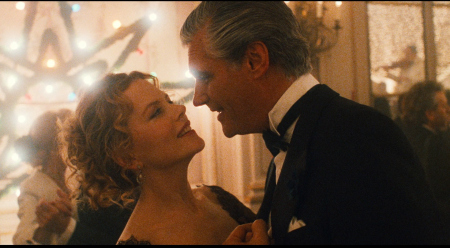 |
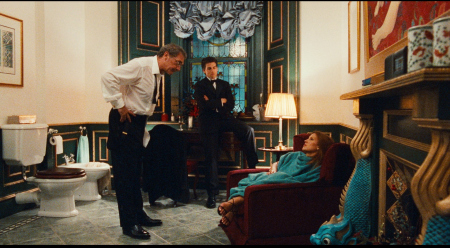 |
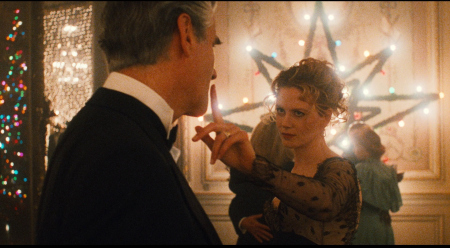 |
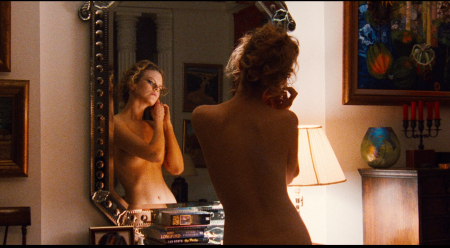 |
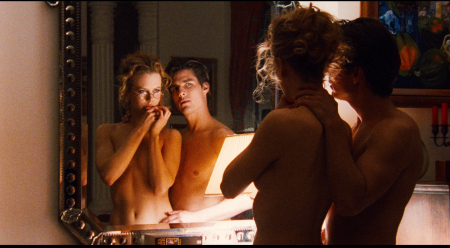 |
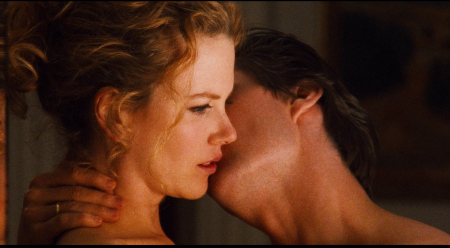 |
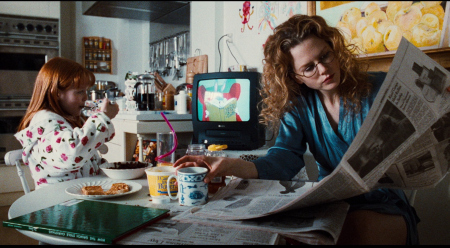 |
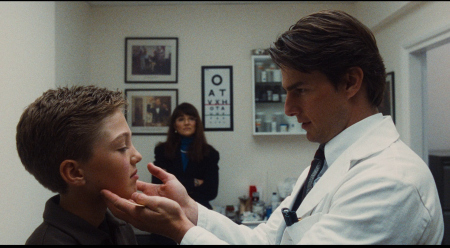 |
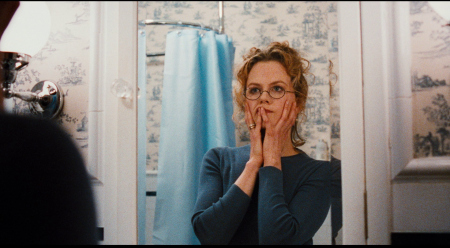 |
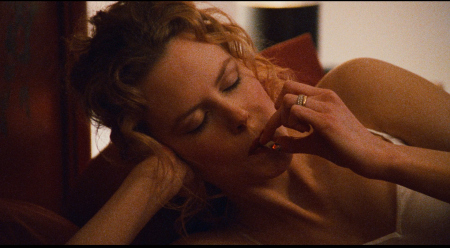 |
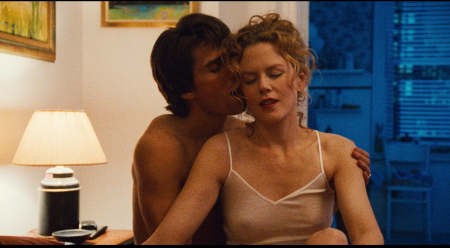 |
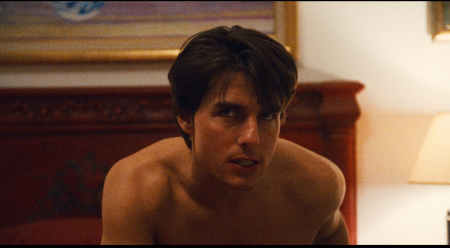 |
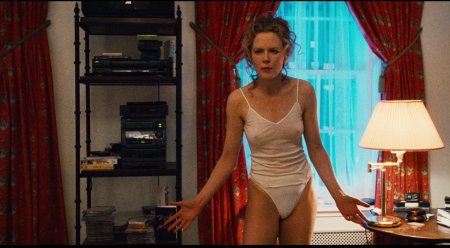 |
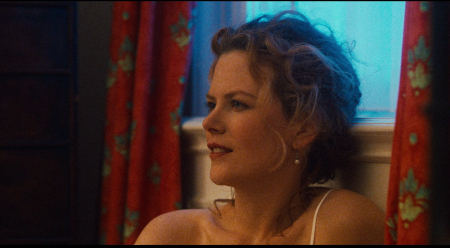 |
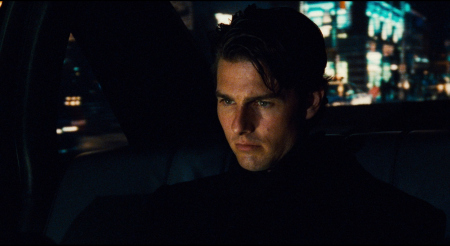 |
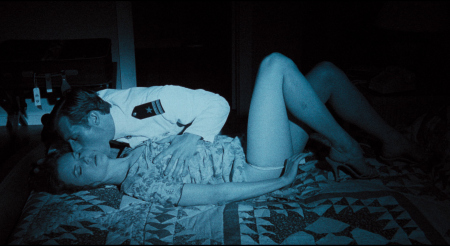 |
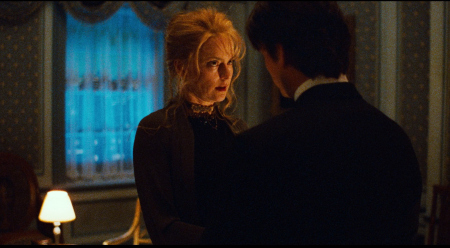 |
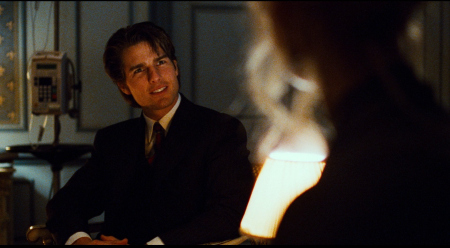 |
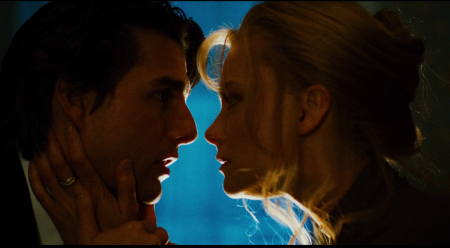 |
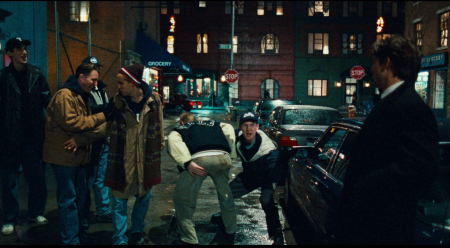 |
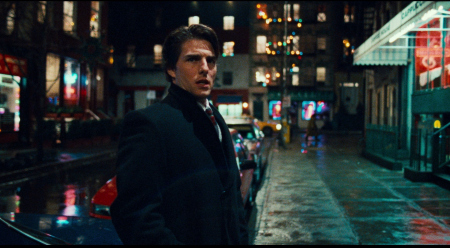 |
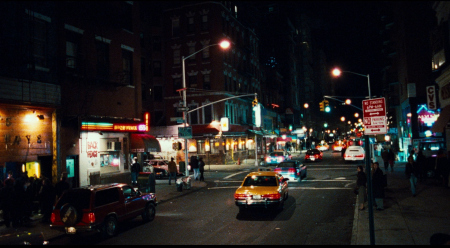 |
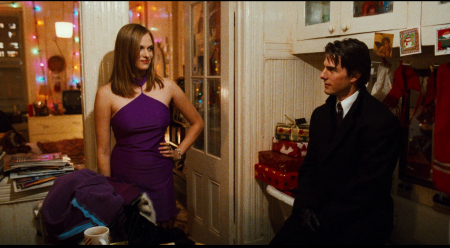 |
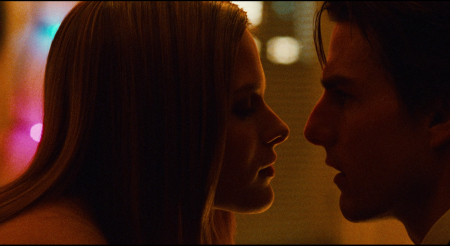 |
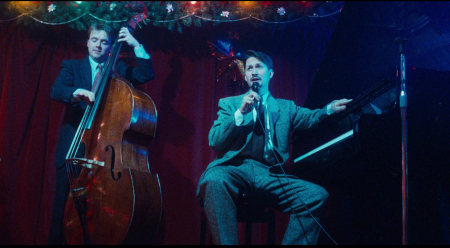 |
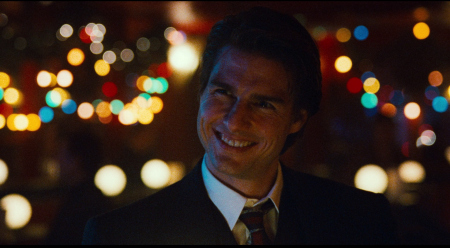 |
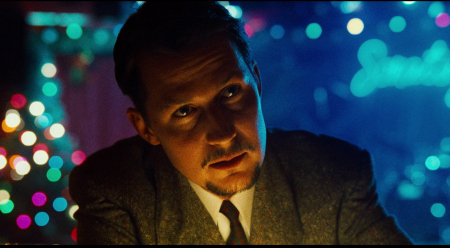 |
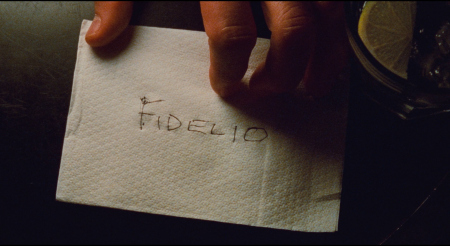 |
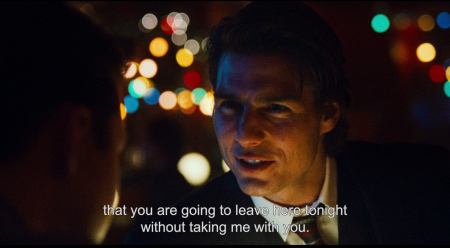 |
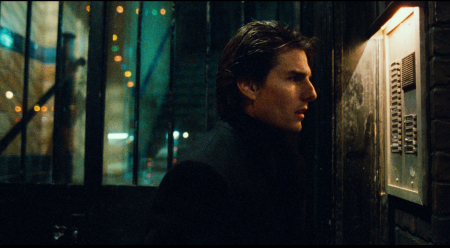 |
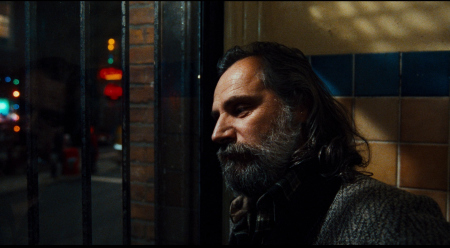 |
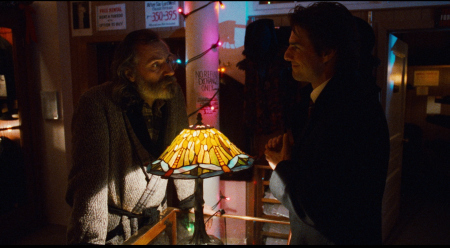 |
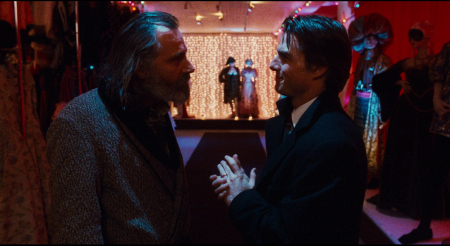 |
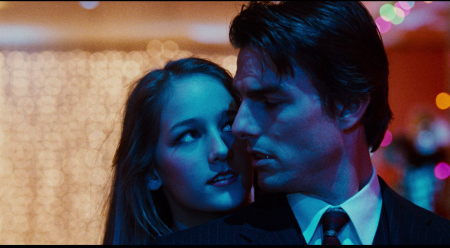 |
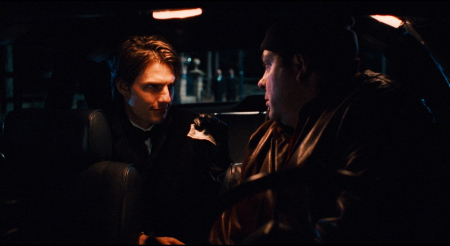 |
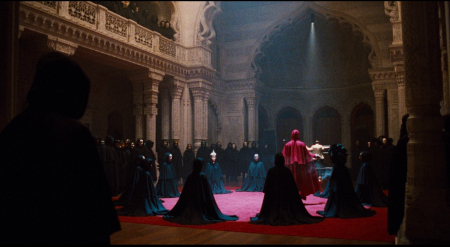 |
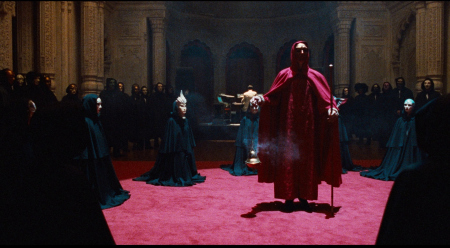 |
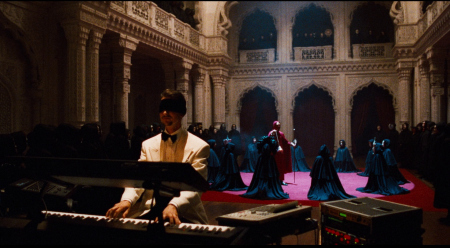 |
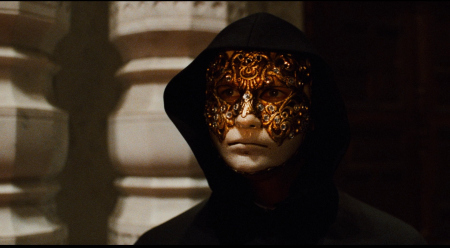 |
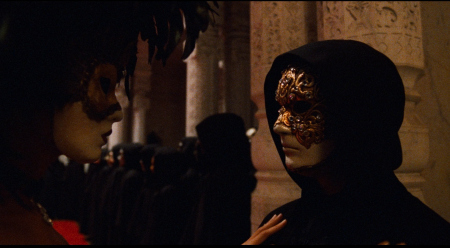 |
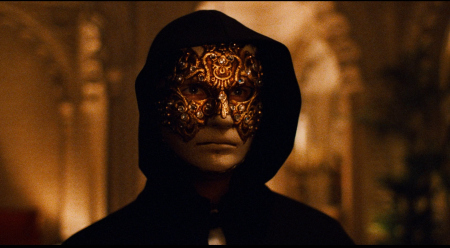 |
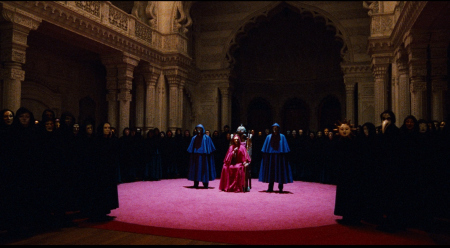 |
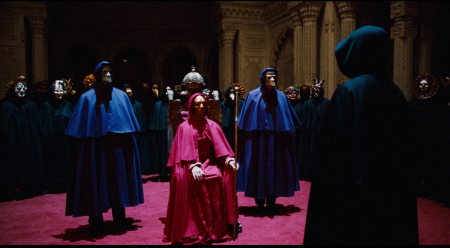 |
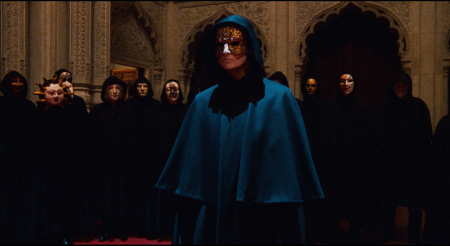 |
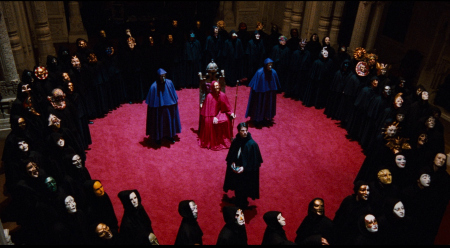 |
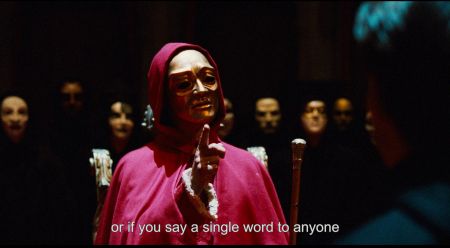 |
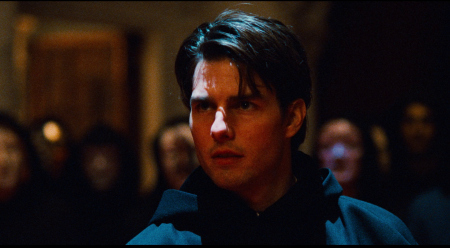 |
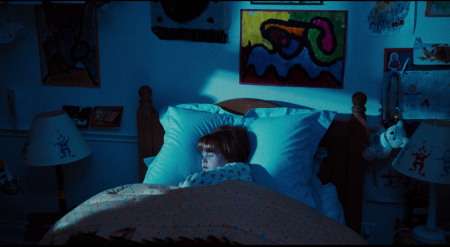 |
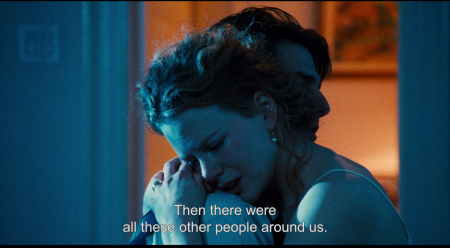 |
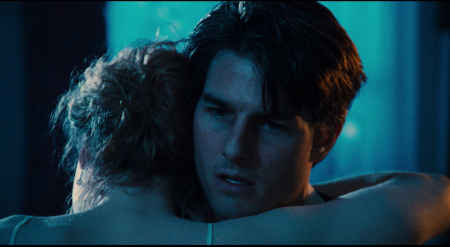 |
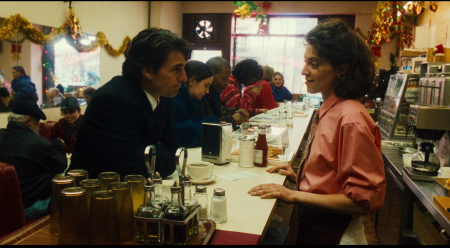 |
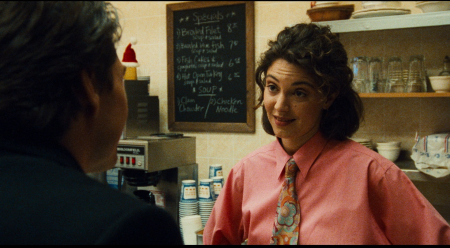 |
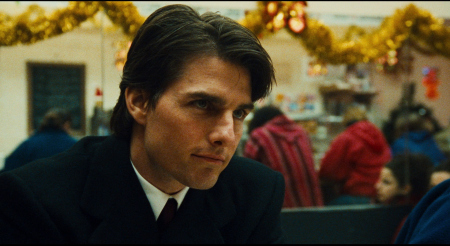 |
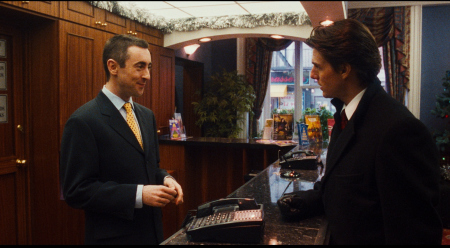 |
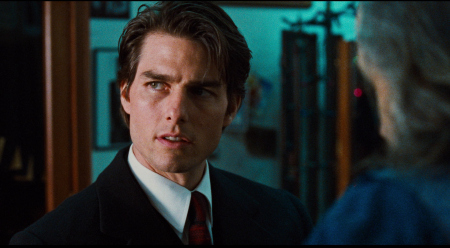 |
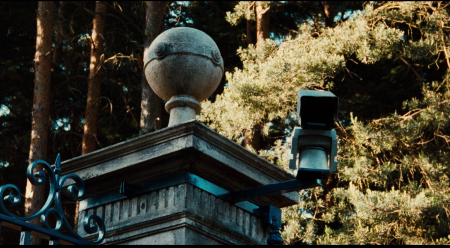 |
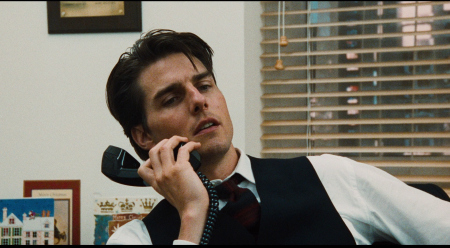 |
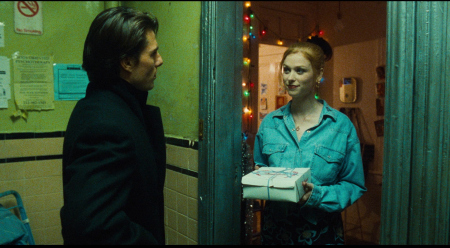 |
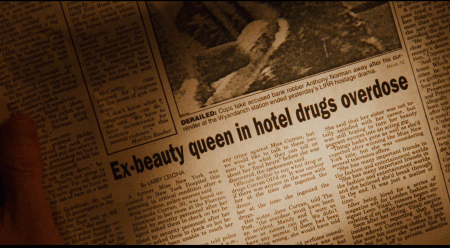 |
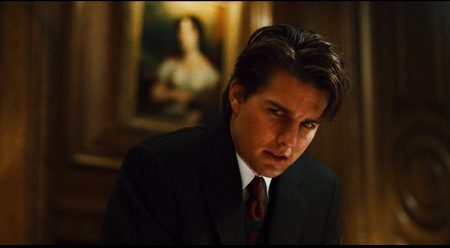 |
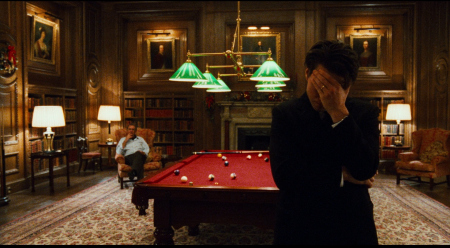 |
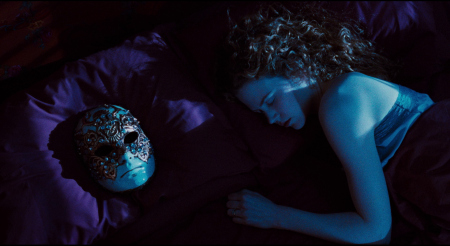 |
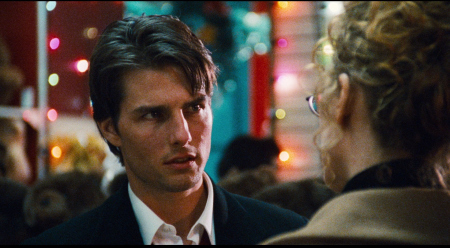 |
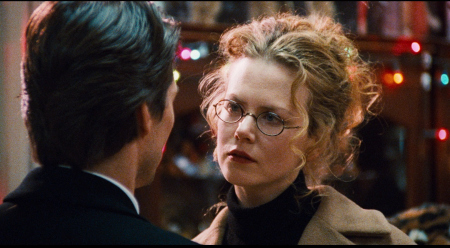 |
| Box Cover |
|
CLICK to order from: 4K UHD Blu-ray BONUS CAPTURES: |
| Distribution | Criterion Spine #1290 - Region FREE - 4K UHD | |
![]()
![]()

![]()
![]()
|
Search DVDBeaver |
S E A R C H D V D B e a v e r |


